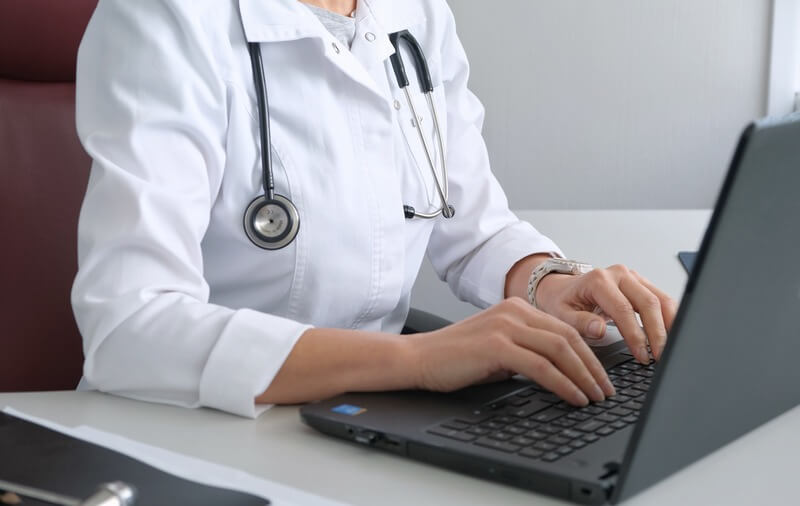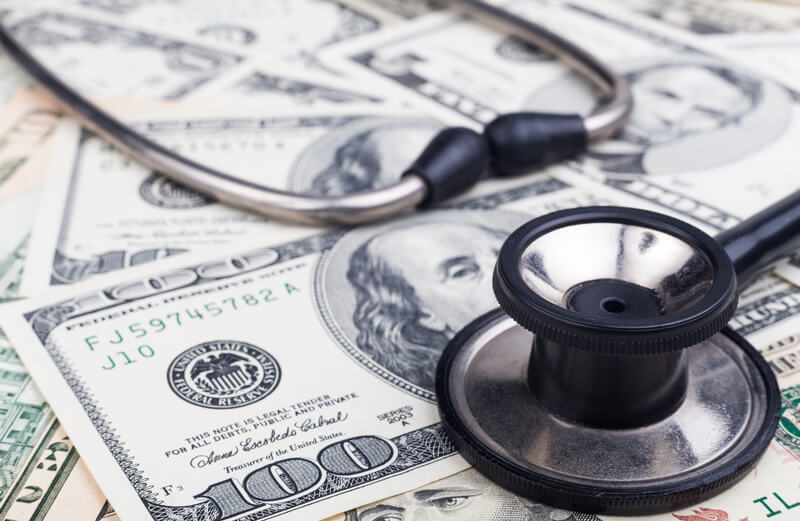Why Is Home Healthcare Better Than Nursing Homes?

The following guest post on home healthcare was submitted by Jack Vincent.
As we get older, it can be very hard for us to take care of our home and ourselves with great results. In fact, our bodies just can’t handle the pressure of managing a home, which is why it can be a magnificent idea to ask for help. Usually, there are 2 options in this regard. You either have the option to enter a nursing home, or you can get home health care.
But is home health care better than a nursing home? Yes, because not only does the patient get to stay in his home, but he can also receive dedicated supervision. Plus, many other extraordinary benefits can be accessed this way as well.

There are many reasons to choose CDPAP over a traditional homecare program.
1. The patient gets to stay at home
As we mentioned above, being able to stay at home is imperative for any person that needs dedicated home care. Usually, it can be very stressful to accommodate in a nursing home, whereas home healthcare is a lot easier to handle. Basically, any older person can handle the idea that someone else takes care of their needs within their home. Opting for a nursing home is just too much in many situations. That’s why a lot of older people that need dedicated care prefer home healthcare instead of nursing homes.
2. More affordable
The reality is that many nursing homes tend to be very expensive. Home healthcare is cheaper than that, which in the end does tend to bring in front quite a lot of interesting benefits! What you will like in this case is that you get to spend less without having to worry about any potentially significant expenses. That does pay off a lot if you want to spend less but still, get the very best treatment for your senior.
3. Postpones or even prevents institutional living
Aside from being something new, institutional living is not for all seniors. Yes, plenty of them just can’t accommodate the nursing home life. They want to stay alone or with someone at home, which is why home health care is the right option for them. The value is indeed there, all you have to do is to follow the desires of your senior and focus on his needs to get the best results.
4. It promotes healing
The home healthcare services are designed to help a senior heal and stay healthy. Not only are they focused on well-being, but they also bring in support and the satisfaction that you are not alone. It certainly pays off a lot, which is what you want to have in the end.
5. It reduces re-hospitalizations
Why is that? Because home health care makes the most of one great resource, which is the friendly environment. A senior is going to feel better and recover a lot faster in a friendly location such as his/her home. It certainly shines, and in the end, this will work to your advantage. It does tend to pay off a lot especially if you require professional and fast home care.
6. It protects personal freedom
When a senior goes to dedicated institutions such as nursing homes for day-to-day care, they do have to remove some of their day-to-day freedom. It may not sound like much at first, but this does come with multiple benefits in the end. Having your sense of freedom and getting a say in everything that pertains to your life is something that every senior wants to have, that’s for sure.
7. Easier for the family
Aside from being perfect for the senior, home healthcare is fantastic for the family as well. It just makes things simpler, since the family and friends can visit a senior without a problem while he lives within his/her home. Things do get a lot more complicated when a senior goes to nursing homes because that’s where you have to deal with visiting hours and other similar stuff. Yes, nursing homes can provide good care, but the family will have to be in second place, and that may not be that good in the end.
8. It provides a safe place to deal with any health problems
In case a senior has health problems, the last thing he/she wants is to spread the disease. Thanks to home healthcare, a senior can contain any infections and health issues within their home. Other people will not be affected, and he/she can still receive the proper benefits and care without that much of a hassle. That’s what makes things worth it in this situation and the value is indeed there for sure.
9. Improved bladder control and bathing
It can be hard for a senior to deal with bladder and bathing issues within a nursing home. The home healthcare services are designed to bring in front a very rewarding and unique experience, which in the end works to his/her advantage. After all, nothing is more important than having someone that will handle these problems and who will provide personalized care at all times. It certainly pays off, and it brings in front a rather distinct and unique value.
10. Immediate access to medical care
Once you opt for home healthcare, a senior will be able to reach some very good results, and in the end, the overall value will be second to none. Not only will this provide a very rewarding value, but the experience will be worth it at all times. It certainly shows that the quality and value are there, you just have to access them!
As you can see, there are many reasons why home health care is better than nursing homes. If you want to receive the ultimate value for your family or if you are a senior that requires extensive care, home health care is certainly the way to go. It does pay off a lot, and you do receive the quality and value that you may need. Don’t hesitate and check it out; you will not regret it!
Author bio: Jack Vincent is a writer, blogger, and loves teaching and educating others. When he’s not substitute teaching at his local elementary school, he spends most of his free time helping his mother who is dealing with dementia.













